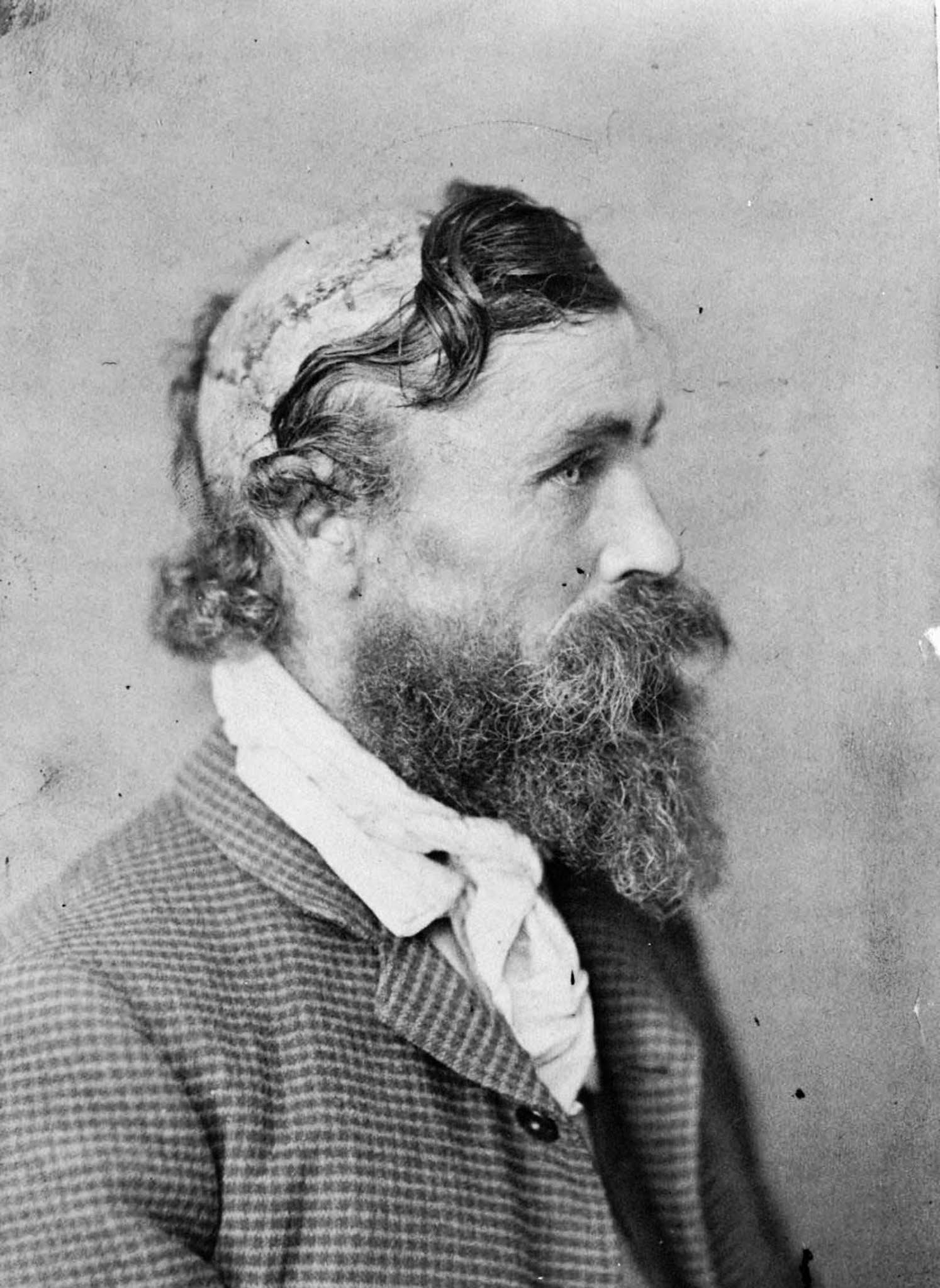
14-year-old Robert McGee and his family decided to migrate west in 1864 for a better life on the American frontier. His family then got on a wagon train heading to Leavenworth, Kansas. However, while en route, somewhere on the trail, Robert’s parents died, leaving him to become an orphan.
On arriving at Fort Leavenworth in Kansas, Robert enlisted to join the army but was not accepted because he was too young and below the required stature. Luckily, Mr Barrett, at that time, was searching for teamsters to drive his caravan when he came across a desperate McGee, who immediately accepted his offer.
Robert got a job with a freight company. He was to take supplies to Fort Union in New Mexico. During the 1864 summer, Robert was among the operators working on the wagon leaving Fort Leavenworth for Fort Union. Due to the dangers of the trail, the wagon was assigned a US army escort.
Despite their recurring encounters with the Indians, the wagons journeyed about 16 miles per day, and by July 1st, they were all set to move alongside the escort provided by the United States Army on the 18th; due to the hot weather, they decided to make camp not far from Fort Zarah near present-day Great Bend, Kansas.
With the Fort close by, the operators and the escort became negligent on security issues, notwithstanding their distance from the United States Army.
While they were having their evening meal, at about five o’clock, a hundred and fifty painted savages, under the command of Little Turtle of the Brule Sioux, came down on the unaware men. Except for Robert, no one survived the dastardly attack.
The operators were all shot dead there after their bodies were mutilated. The savages destroyed and set ablaze all that the wagon was conveying.
Within a few hours, the commanding officer of Fort Larned was informed by some of his scouts that the Brule Sioux were on the warpath. With an excellent unit of soldiers, the chief of the scouts was sent out to inspect.
The soldiers followed the trail of Little Turtle and followed it to the scene of the massacre on Cow Creek.
The savages had rounded with their devilish work on getting there only two hours after. Dead men littered the blood-stained grass. You need not be told they were tortured from the postures of the bodies. They all had been scalped and disfigured. It was a delight for the savage North Americans.
Robert McGee said that he was aware of when the war leader cut sixty-four square inches of scalp and hair from his head, from behind his ears.
Eventually, when the soldiers picked through the bodies, they saw that Robert McGee and another boy had survived. He ultimately was treated and went on to live without a scalp.
